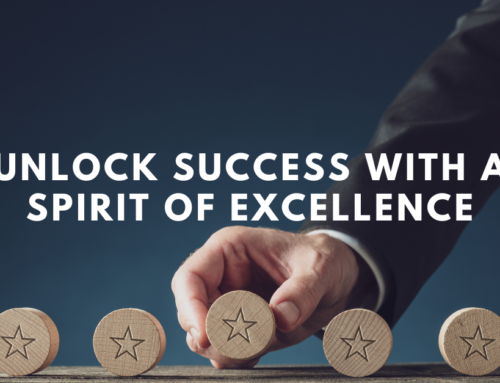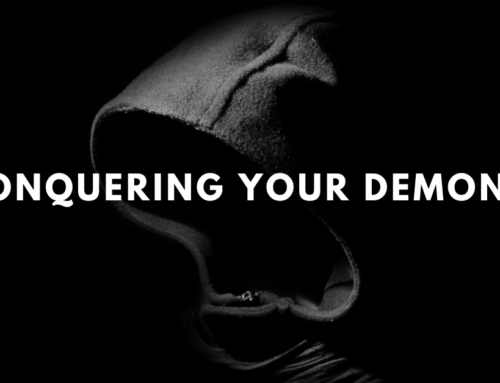The last few years have seen the rise of “cancel culture” and its multiple layers – essentially the culture of deplatforming people because of things they’ve done, or views they have, or have had, that are detrimental or offensive to oppressed communities.
I’m not about to give a whole spiel on cancel culture. The mere mention of the phrase probably already has a lot of you ready to express your opinions on it, regardless of where you stand on “cancelling” people. It’s a divisive issue, to say the least.
But I think there’s another truth that needs to be addressed – none of us are born completely understanding of the world. Oftentimes, we’re even brought up in places of prejudice and hatred, and the thoughts and practices we’re so used to can take years to unlearn. But this isn’t an excuse to avoid growth and learning. And in a labour force that’s more openly diverse than ever, everyone (leaders, especially) has to be accountable for any problematic viewpoints we might have or have been raised to believe. But how can we unlearn years of subconscious judgment and bias? And is it even possible to let go of our unconscious biases?
The answer is, yes, it’s possible. And for a good leader in the year 2021, it’s necessary. Here are three ways you can combat unconscious bias in your workplace.
Accept Your Biases
Nobody’s born “woke.” Even the greatest activists and movement leaders all had their own paths towards righteousness. And in the same way, we’ve all probably made misjudgements based on prejudice – whether that’s about race, or gender, or sexuality, or physical ability, we’ve all been guilty of it at some point.
Now that’s clearly not an excuse to have problematic viewpoints. No. I’m simply telling you that the first step to fighting these biases is by acknowledging that they’re real.
Maybe you’ve judged a colleague’s intelligence based on the university they attended. Or perhaps you’ve caught yourself mansplaining a concept to a female employee, when you would otherwise assume that a male employee understands right away. It might also be that you’ve misjudged someone, seemingly with good intentions, as being “not like” the rest of their race. Maybe you’re stuck on your first impression of somebody.
Whatever that might be, we have to acknowledge that these biases exist, and that they’re harmful. Again, we might not always realise we’re doing it, or realise it’s harmful, but that’s why there must be conscious effort to actively be sensitive. Change can only start from us.
Initiate Sensitivity Training
While changing ourselves is within our control, changing others can be an uphill task. You can’t force other people to change if they don’t want to, and you can’t tell them to recognise biases they refuse to believe exist.
What you can do, however, is bring them closer to understanding how to be sensitive. This is where sensitivity training comes in, and it’s one of the most effective and direct ways you can enact change in your workplace.
Take it from me – as a cisgender straight man, I’ve always had a more straightforward understanding of gender, and this affected how I unconsciously saw people with more complex gender identities in the workplace and out of it. Thankfully, one business conference I had was also kind enough to offer a gender sensitivity workshop, which allowed me to better understand the feelings and identity of various sexual orientations and gender identities, and it helped me recognise their needs more.
That training wasn’t something I had wanted for myself, in particular. But being around it, and being led to take it, helped me be more sensitive, respectful, and protective towards the needs of the people around me.
Implementing things like this might just have a similar effect on those in the workplace. When they’re presented with opportunities like this, sure, there might be some resistance, but on the whole they’re at least more able to absorb concepts they may have otherwise been blind to.
Just make sure that if you host sensitivity training, you have credible and engaging instructors. Otherwise, you might just end up like Michael Scott implementing Diversity Day.
Create Demographic Support Groups
At the end of the day, though, while it’s good to bring uninformed people out of their ignorance, it’s arguably more important to give affected demographics their own safe spaces to function.
This is where support groups come in. Allow employees of minorities to be the ones to organise sensitivity training, so that the information on how to be respectful and more sensitive comes from them, and those of their demographic. Similarly, allow for employees of similar demographics to form organisations within your company. Help them be heard better, and enable them to speak for what they need.
You might be worried that this segmenting of groups will ruin the whole concept of “diversity,” but it’s been studied that support groups are necessary for people who experience discrimination to feel safe and welcome. That’s why when presenting the creation of these support groups, it’s important to frame it in the way that having these groups does more in fighting discrimination more than it does in forcing diversity.
When people are aware that there’s a problem with inclusion or respect in the workplace because of discrimination, it’s up to those frequently marginalised or sidelined to decide how they want to proceed. And having these safe spaces for them will help amplify their voices, and better combat unconscious work bias from other employees.
To your success,
Mario
[Visit www.mariosingh.com now to enjoy a FREE e-book of my latest “37 Essential Principles for Massive Success” when you subscribe!]





